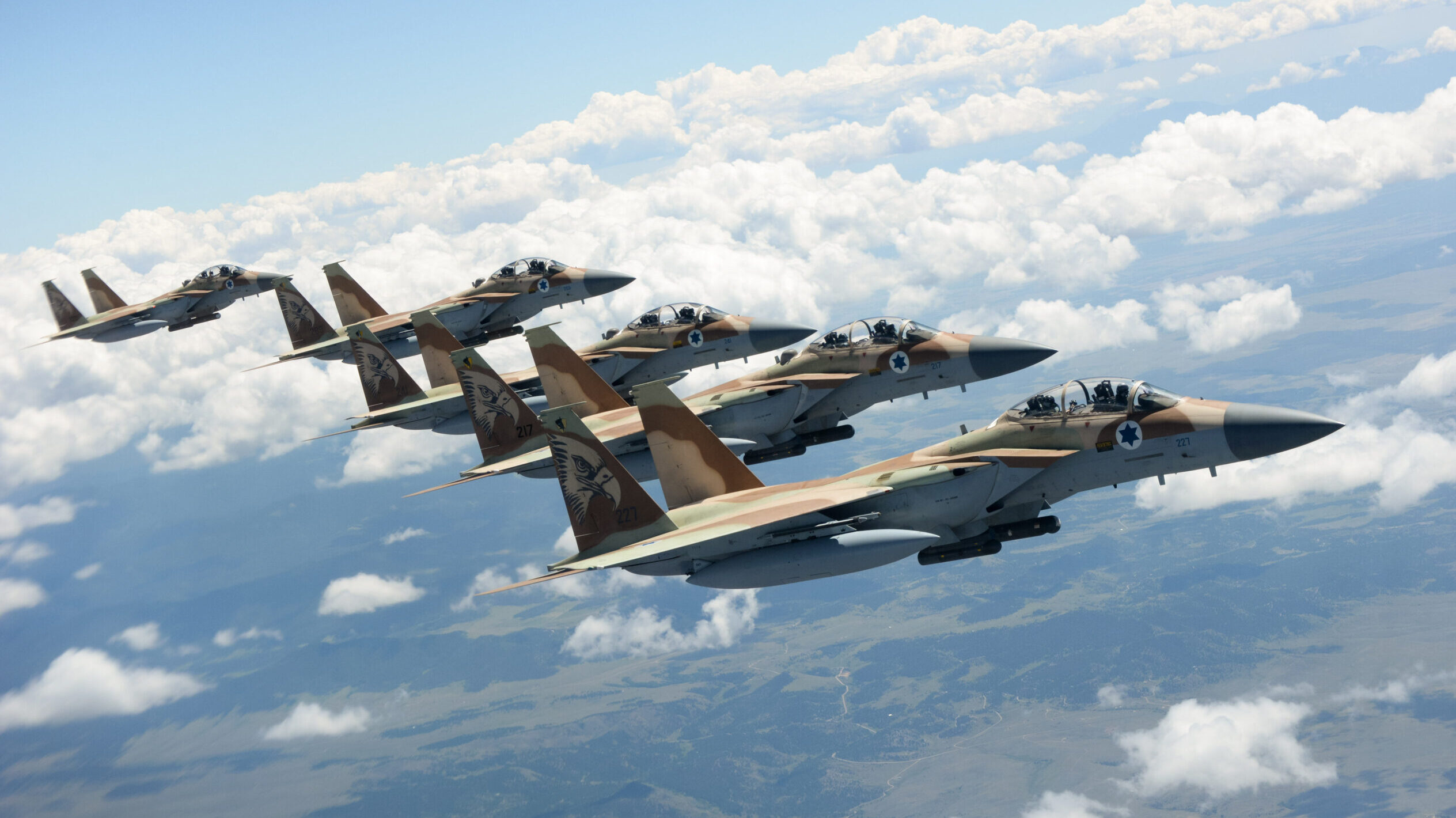ARIE EGOZI

TEL AVIV: The Israeli Air Force may change its mode of operation when striking Iranian-related targets in Syria following a recent incident where Russia fired a missile from an S-300 air defense system at Israeli jets — a move that a senior Israeli defense source described as a “very strange and worrying” act by Russian forces.
The incident, which occurred on May 13 and was first reported by Israel’s Ch13, happened following a strike into Syria, when Israeli planes were on a return flight home. While it is unclear what jets were used in the operation, Israeli F-15s, F-16s and F-35s have all been used previously for strikes into Syria.
While no Israeli planes were damaged by the attack, it represents the first time the Russians have activated their air defense system against Israeli jets. Previously, Russia and Israel have operated under a tacit agreement that allows Israel to conduct strikes it feels are in its national interest as long as they do not target Russian military units inside Syria. Since 2015, IDF jets have conducted hundreds of airstrikes on Iranian-related targets in Syria without any Russian reaction.
Israeli officials declined comment on the missile launch. While there is a hotline between Israel and Russia to communicate on Syrian issues, Breaking Defense has learned that no warning was given before the Russian launch.
Multiple sources suggested that the S-300 launch was a retaliatory signal from Russia over Israel’s political support for Ukraine — tepid though it may be in comparison to other nations — as well as what one called “the result of the deteriorating power of the Kremlin on its overseas units” and of the poor situation of the Russians in Ukraine.
Amos Gilead, a retired IDF general officer who served, among other roles, as head of the Military intelligence Research Division, also suggested to Breaking Defense that the use of the S-300 may have been a warning “to demonstrate that Moscow is not pleased with some of the Israeli operations in Syria.”
Israel is waiting to make decision of changing its strategy for attacking targets in Syria while it attempts to gather the full picture of what message Russia was trying to send. One option being considered is to switch to more stand-off weapons and avoid close-in operations that would put jets squarely in the S-300 range. A bigger question is how Israel would handle another such launch from Russian forces.
“If this is a onetime incident, that is one thing,” said the senior defense source. “If this is a change in Russian policy, the Israeli government will have to decide: when a Russian battery launches, will Israeli attack it? This is a heavy and serious” question.
The S-300 launch comes at a time when Israel is accelerating its campaign against Iranian targets in Syria, and as Russian forces are being shifted out of Syria to support the campaign in Ukraine.
As previously reported by Breaking Defense, Iranian forces have begun taking over territory in Syria that had previously been controlled by Russian troops, with regional intelligence and defense sources raising alarms that these Iranian units may lead to more attacks on Israeli targets, or even the roughly 1,000 US forces stationed in Syria.
Should Iranian forces in Syria launch ballistic missiles towards Israel, “Israel will see such an attack as one performed directly by Iran and act accordingly,” an Israeli defense source said.
As part of the stepped-up campaign against targets in Syria, Israel has begun using “bunker buster” weapons to get at new facilities being built underground, sources say. The May 13 strike that triggered the S-300 response were believed to use GBU-28 bombs; Images made by an Israeli spy satellite show the heavy damage caused to the Iranian-controlled facility in Masyaf.
As reported by Breaking Defense, Israel has requested the US sell it the advanced GBU-72 bunker buster weapons; the status of that request is unknown.
No comments:
Post a Comment